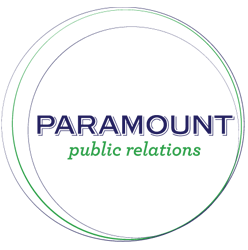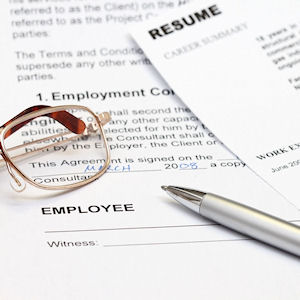Everyone knows the phrase “dress for success” and assumes that this means you should always dress up for work or a professional event. An article written by The Muse called “The Scientific Reason Why Dressing for Success Works (With a Twist, Of Course)” highlights scientific studies which show that simply dressing differently from your usual attire delivers confidence that you didn’t know you had.
If your everyday clothing routine usually consists of throwing on a T-shirt, your favorite pair of jeans, and some comfortable sneakers, you might want to swap that out for a suit before you head to your next interview. Adding some extra effort to look “put together” for a job interview will give you an extra boost of confidence to make you stand out to your potential employer. It will increase your inner confidence, as well as the hiring manager’s confidence in you and your ability to be professional.

On the other hand, the same confidence can occur if you dress down in your place of employment that usually has a strictly professional dress code. Scientifically this gives the impression that you are better at your job than you actually are. Dressing casually in a place where everyone is dressed to the 9s causes the same effect that dressing in a suit when you usually wear jeans will. If you dress in a way that is not the norm for you, expect to act differently whether it is actually improving your abilities, or just making people think you are a mastermind at your job.
The Muse highlights a study based on Harvard Business School research that analyzed students’ opinions of college professors:
“The authors described two male college professors—one clean-shaven and dressed in a suit, the other with a beard and a T-shirt—and asked college students to rate each man’s skills as a teacher and researcher. True to what the authors had observed in their field study, the students thought more highly of the casual professor—but only when the descriptions mentioned that the professors worked at prestigious universities with formal dress codes. In other words, it wasn’t the casual dress itself that inspired more confidence; it was the nonconformist attitude that the casual outfit signified—which, in turn, is seen as a ‘reflect[ion of] high levels of autonomy and control.”
Overall, your appearance doesn’t just affect your own attitude, but it affects those around you as well. So, “dress for success” and remember, “look good, feel good.”
Read the whole article here: https://www.themuse.com/advice/the-scientific-reason-why-dressing-for-success-works-with-a-twist-of-course?ref=carousel-slide-1










